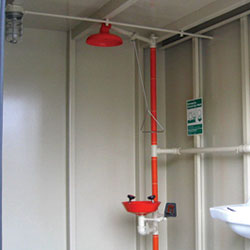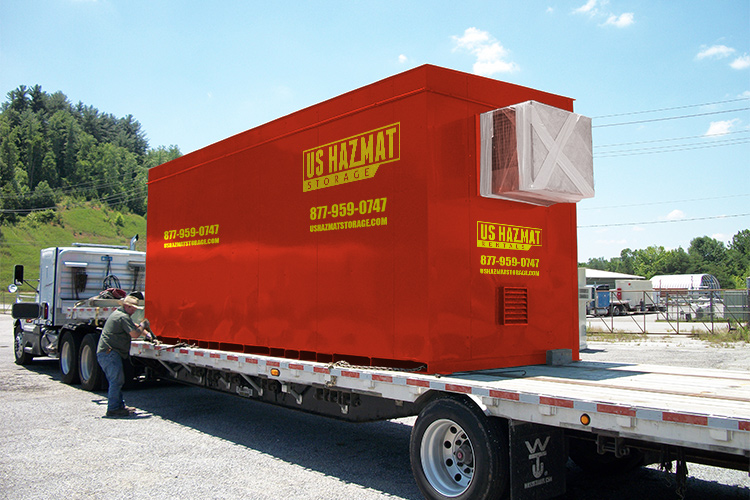Sodium methylate is a catalyst for change in modern manufacturing and chemical engineering. Produced by an exothermic reaction, this transformative compound is increasingly used in the pharmaceutical and agricultural industries. It’s most commonly used a reagent or catalyst in the application of edible oil processing, grease, as well as synthetic detergents. Steady growth in biodiesel production has increased demand for this compound as a catalyst. Although this chemical product might appear as an unassuming pale yellow powder, it is extremely flammable and should be stored in a steel-welded chemical storage locker.
The Transformative Powers of Chemical Reactions and Compounds

Chemical reactions are powerful chain reactions that break down old particles and form new chemical bonds that yield some truly remarkable substances. Many of these substances serve as the precursors or resins to make many of the products consumers use everyday. Sulfuric acid, for example is the most-commonly produced chemical compound in the world. It’s used in metal manufacturing and as a precursor in fertilizers. Sodium hydroxide is another prevalent chemical compound that fuels modern manufacturing. It is used for producing soaps, paper, dyes and even in petroleum products. Sodium methylate is another powerful chemical compound used as catalyst in modern manufacturing. And like other dangerous chemical compounds, it deserves respect and compliant fire-rate storage.
How Should You Store Sodium Methylate?
Sodium methylate is commercially available in solid or liquid form. Because it can easily react with oxygen, it should not be stored in damp areas that are susceptible to moisture or water. Each U.S. Hazmat Storage fire-rated storage locker is steel welded and virtually impervious from structural breaches involving water. Comprised of heavy steel gauge metal, our lockers are nearly impenetrable. It will take more than just a little bit of water to get past our steel metal defenses.

Sodium methylate is a Class 3 Hazard. And because it can ignite in the presence of water, we equip our fire-rated storage lockers with a dry chemical fire suppression system that can immediately and safely douse flames in the event of a fire. Optional mechanical ventilation can prevent the dangerous accumulation of fumes and potential poisonous gases in each U.S. Hazmat fire-rated storage locker. An emergency eyewash station is also recommended as sodium methylate can cause vision impairment in the event of inadvertent exposure to employees.
Common Industries and Applications
- Biodiesel production
- Pharmaceuticals
- Plastics
- Polymers
- Paint
- Varnish
- Agricultural
- Food Industries
Helpful Tips When Handling
- Don’t store sodium methylate in proximity to hydrochloric, sulfuric or nitric acids.
- It is not compatible with chlorinated solvents
- When moving metal containers of sodium methylate, make sure containers are bonded and grounded.
- Use only non-sparking tools in proximity to and especially when opening containers.


